Editor's Picks
Plant Focus
Originally published in International Oaks No. 22, 2011
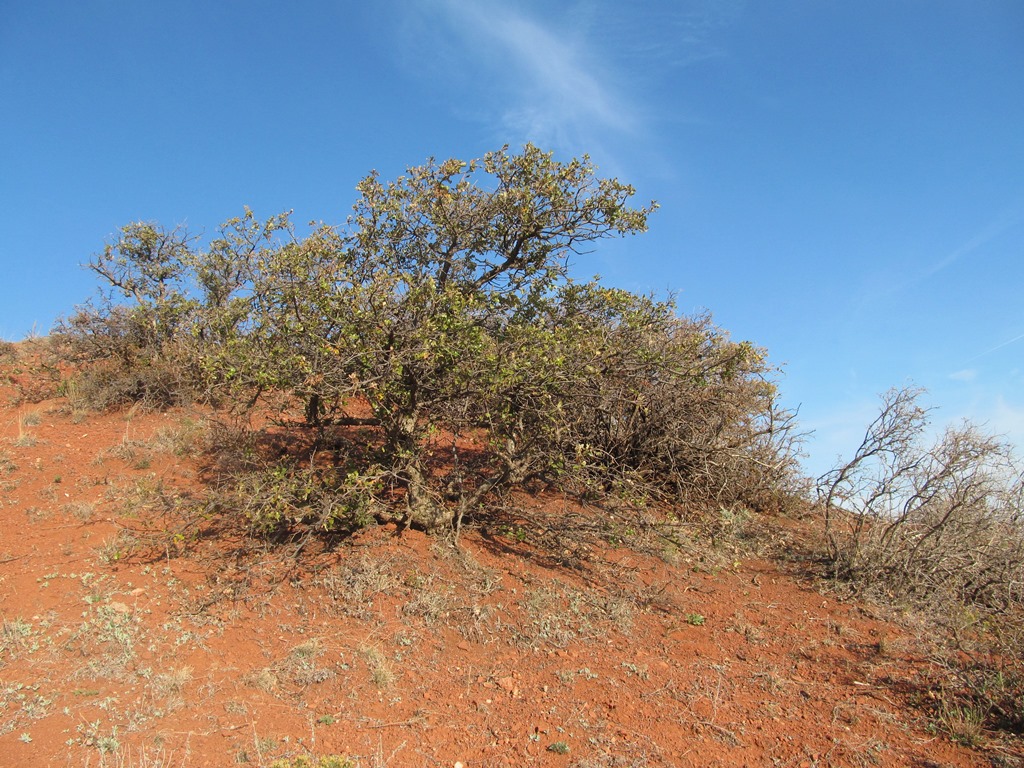 |
| Quercus sinuata var. breviloba near Foss, Oklahoma. |
A previously unreported station for Quercus sinuata Walt. var. breviloba (Torr.) C.H. Muller has recently been identified in southwestern Custer County, Oklahoma. The population is a disjunct, located around 150 miles northwest of the nearest population of this taxon in the Arbuckle Mountains of south-central Oklahoma. That population is also a disjunct. The principal distribution of this taxon is farther south still, in central Texas and in three north Mexican states: Coahuila, Nuevo Leon, and Tamaulipas (see range map below).
The Custer County population is small: fewer than 100 individuals growing on a low hill north of the community of Foss, Oklahoma. Specifically, it is just to the north of eastbound Highway 73, perhaps ¼ mile east of its intersection with northbound Highway 44. The trees are located on private land, but
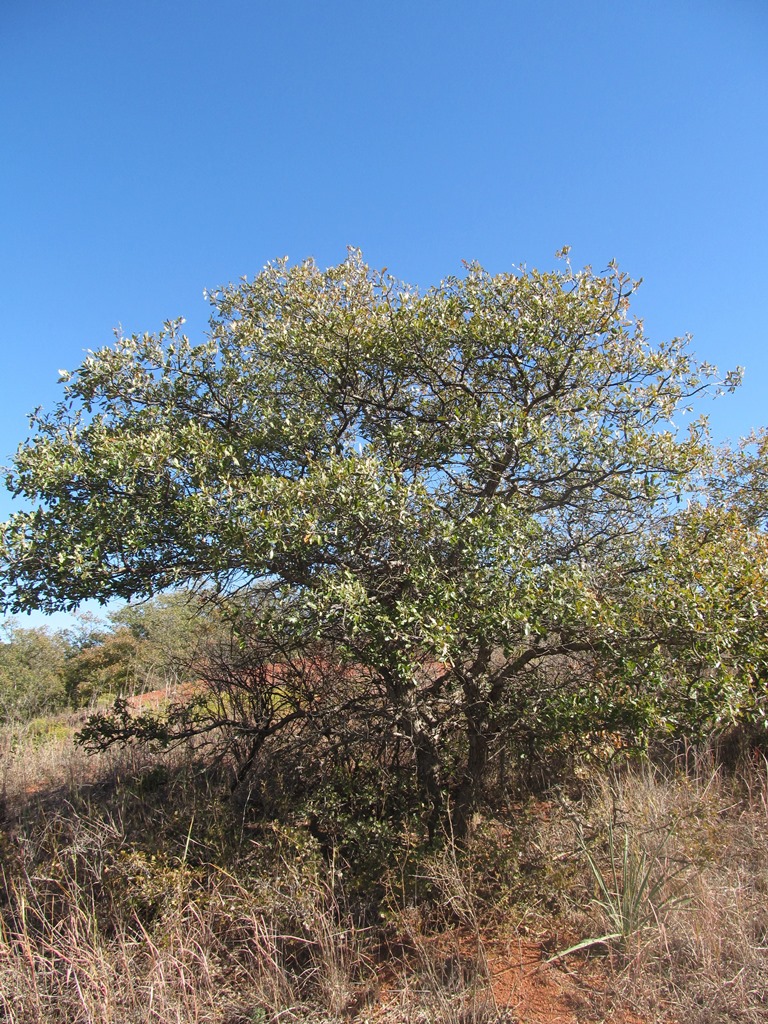 |
it is possible to gain permission to visit the land through Steve Bieberich, owner of the Sunshine Nursery in Clinton, Oklahoma. It is thanks to Steve that I first learned of the population.
The substrate at the Foss site is the red Permian sandstone-derived soil typical for this part of western Oklahoma (see photograph). Occurrence of this taxon on this kind of substrate is unusual; it normally prefers soils derived from limestone. It may well be that the site is underlain by limestone, dolomite, or gypsum accessible to roots or through ground water.
There are no known additional occurrences of Q. sinuata Walt. var. breviloba (Torr.) C.H. Miller in the immediate area, but a thorough survey has not been done.
This isolated population is probably a survival from an earlier period, when conditions may have been favorable for continuous distribution northward from the present center of gravity for the species in central Texas. Changing climatic conditions would have removed the linking populations of the species, leaving the present remnant where it is now found. Persons knowledgeable about paleobotany and geology in the Southern Plains might be able to solve the interesting puzzle of how this small disjunct population got where it is today, and why it has survived until the present.
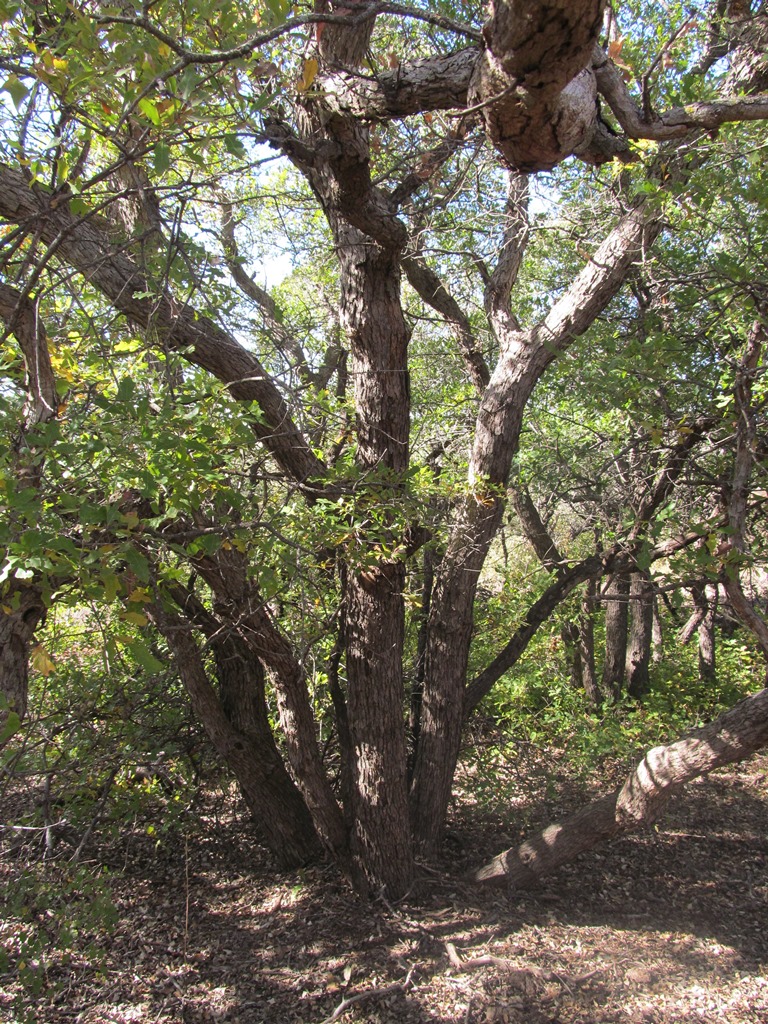 |
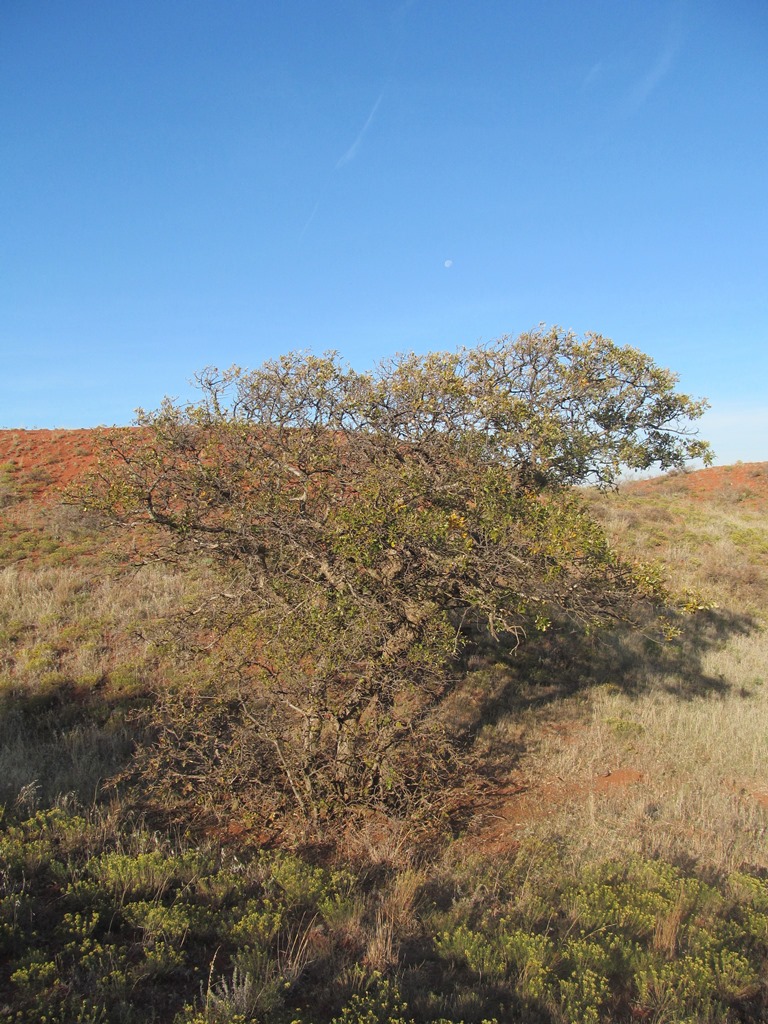 |
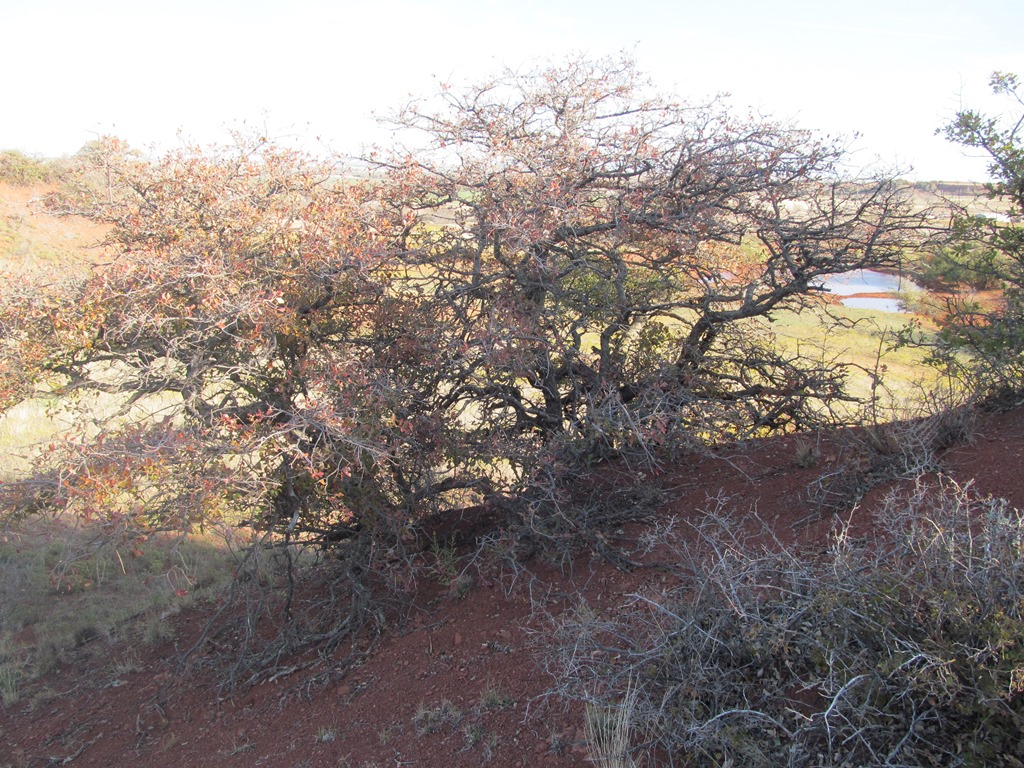 |
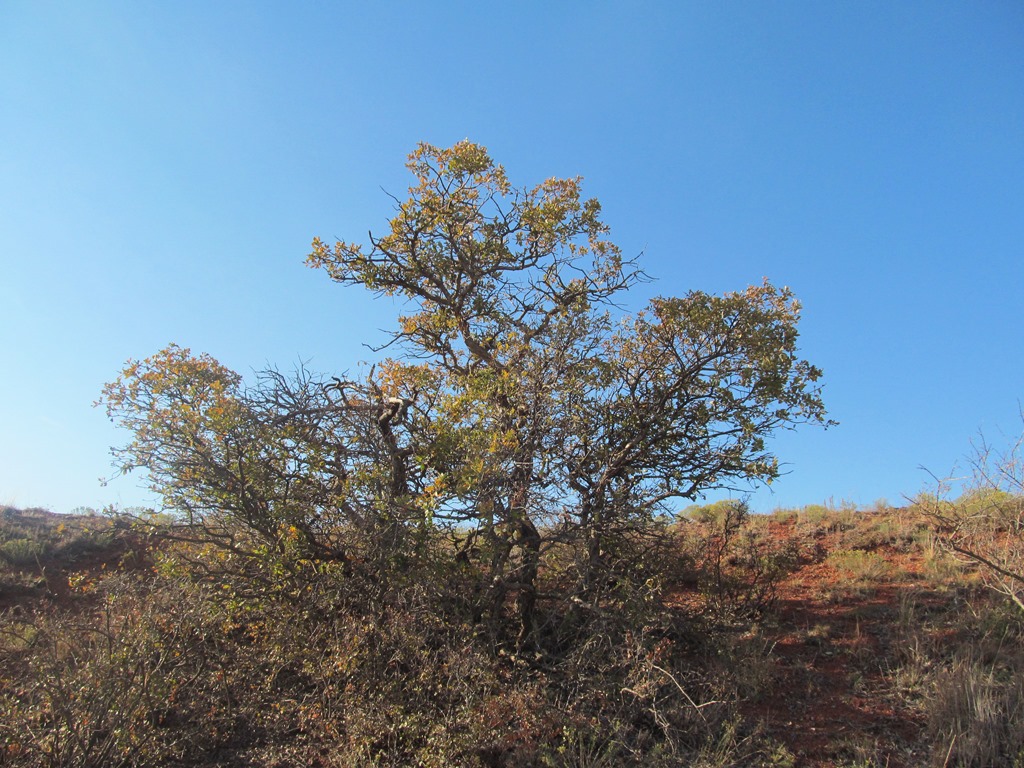 |
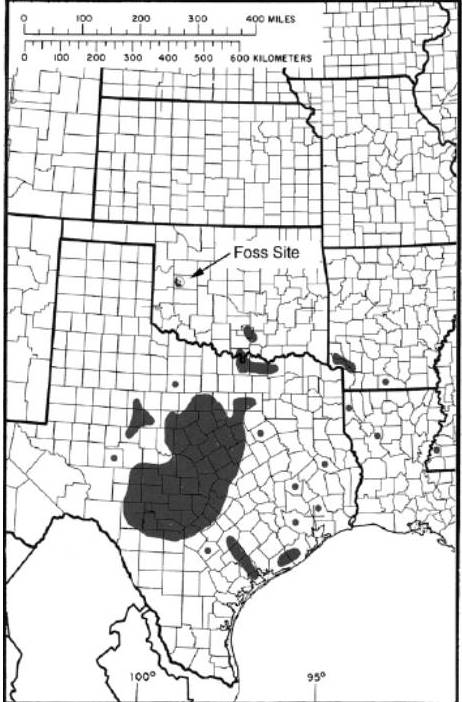 |
|
| Distribution map for Quercus sinuata, incl. var. breviloba, Dr. Elbert Little, USFS, 1977 (as Q. durandii) | |
Thanks to Bruce Hoagland of the Oklahoma Natural Heritage Inventory for confirming my species identification and to Guy Sternberg of the International Oak Society for help in preparation of the distribution map and also for advice in the preparation of this report.
References:
Miller, Howard A. and Samuel H. Lamb. 1985. Oaks of North America. Happy Camp, California: Naturegraph Publishers.
All photos © Allan Taylor
Click here to download a pdf of the original article as published in International Oaks.















